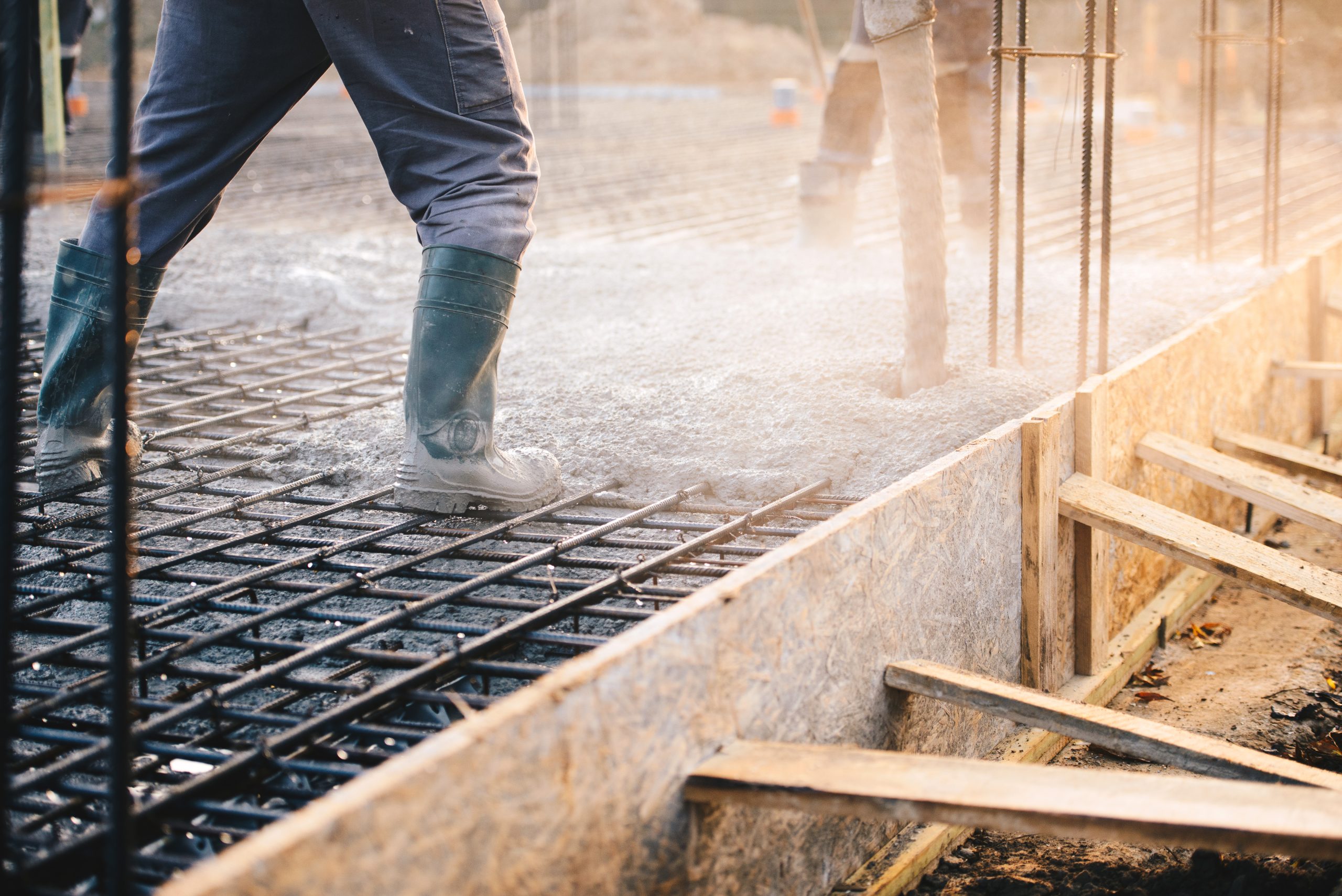Concrete viscosity modification agent VMA420
- Solid content5%
- Place of OriginChina
- StandardsEU, USA, CN
- Price$1000/T
Detailed product parameters
1. Core Performance Features
- Controlled Rheology
- Increased Viscosity: Adjusts plastic viscosity by 20–50%, preventing segregation in high-flow or self-consolidating concrete (SCC).
- Yield Stress Reduction: Improves flowability while maintaining cohesion (e.g., slump flow ≥600 mm with minimal segregation).
- Enhanced Stability
- Anti-Bleeding: Reduces water separation by up to 90%, critical for vertical or overhead placements.
- Anti-Segregation: Stabilizes mixtures with high water-to-cement ratios (e.g., underwater concrete or SCC with 180–220 mm slump).
- Pumpability Improvement
- Reduces friction during pumping, enabling long-distance delivery (e.g., >500 m horizontal pumping for high-rise buildings).
- Maintains homogeneity in mixtures with lightweight aggregates or recycled materials.
- Durability Enhancement
- Minimizes capillary pore connectivity, improving chloride resistance (diffusion coefficient reduced by 30–50%).
- Reduces surface cracking by mitigating plastic shrinkage in hot/dry conditions.
2. Key Characteristics
- Chemical Composition
- Polysaccharide-based: Cellulose ethers (e.g., HPMC), welan gum, or diutan gum (common in bio-based VMAs).
- Synthetic Polymers: Polyacrylamide or polyethylene oxide derivatives (offer precise viscosity control).
- Shear-Thinning Behavior
- Exhibits thixotropy: High viscosity at rest (prevents segregation) and low viscosity under shear (eases placement).
- Compatibility
- Synergizes with superplasticizers (e.g., PCEs) without interfering with water reduction.
- Tolerates high salt or admixture concentrations (e.g., seawater concrete or 3D-printed mixtures).
3. Advantages
- Versatility: Suitable for SCC, underwater concrete, shotcrete, and 3D-printed structures.
- Cost Efficiency: Reduces reliance on excessive fines (e.g., silica fume) to control stability.
- Sustainability: Enables use of recycled aggregates or low-quality sands by enhancing cohesion.
4. Challenges and Solutions
| Issue | Cause | Solution |
|---|---|---|
| Over-stiffening | Excessive VMA dosage | Optimize dosage via rheology tests (e.g., ICAR rheometer). |
| Delayed Setting | Hydrophilic VMAs retaining water | Use low-retention VMAs (e.g., synthetic polymers) or adjust curing protocols. |
| Compatibility Issues | Interaction with clay-contaminated aggregates | Pre-treat aggregates or use clay-tolerant VMAs (e.g., modified polysaccharides). |
5. Applications
Shotcrete: Enhances adhesion to vertical surfaces and reduces rebound.
Self-Consolidating Concrete (SCC): Ensures flow without vibration (e.g., densely reinforced structures).
Underwater Concrete: Prevents washout and cement loss (e.g., bridge piers or marine foundations).
3D-Printed Concrete: Maintains shape stability during extrusion and layer stacking.
RELATED PRODUCTS
Switch more- VIEW
Polycarboxylic acid water reducer for concrete
Low-carbon development environmental protection measures technological innovation initiatives
- VIEW
concrete air entraining agent AE369
Air entrainment agent for concrete
- VIEW
Concrete pulping agent SE5800
The concrete slurry lifting agent improves the fullness of the slurry
- VIEW
Concrete with PCE-based Multi-functional Additives
improve the workability of concrete
loading…
No more to see
 Fan Qi Technology Co., LTD
Fan Qi Technology Co., LTD

